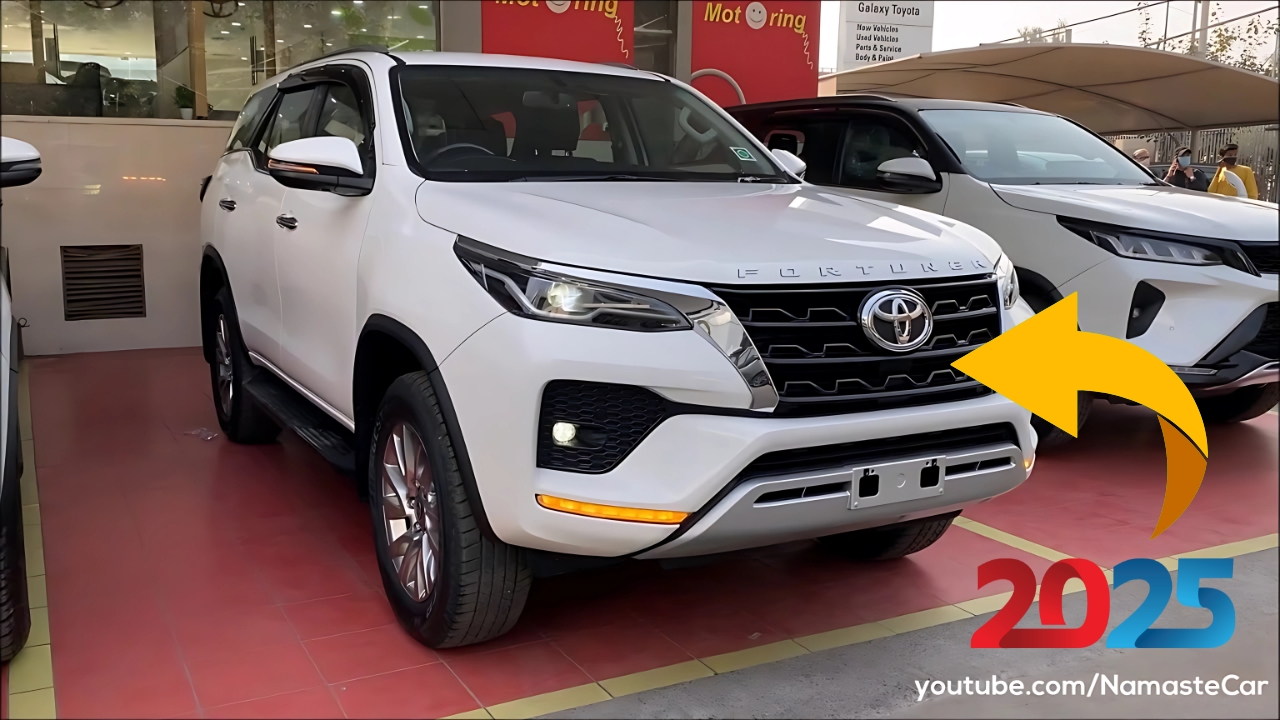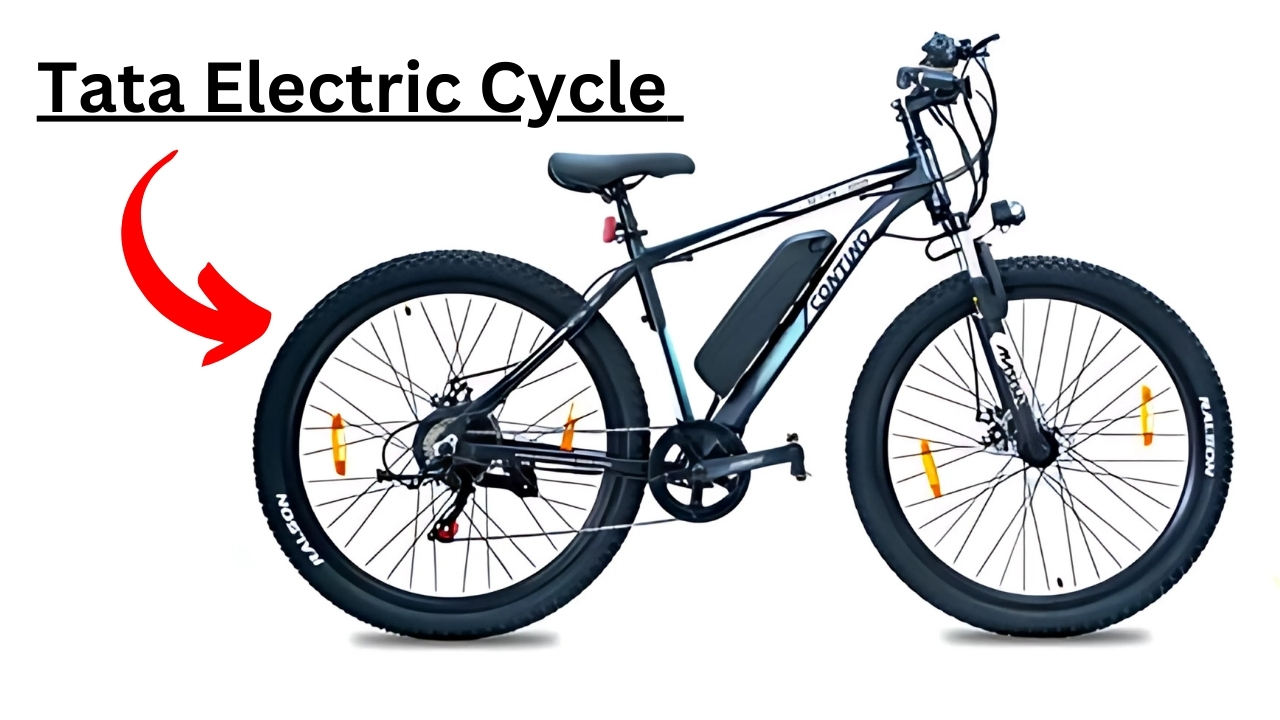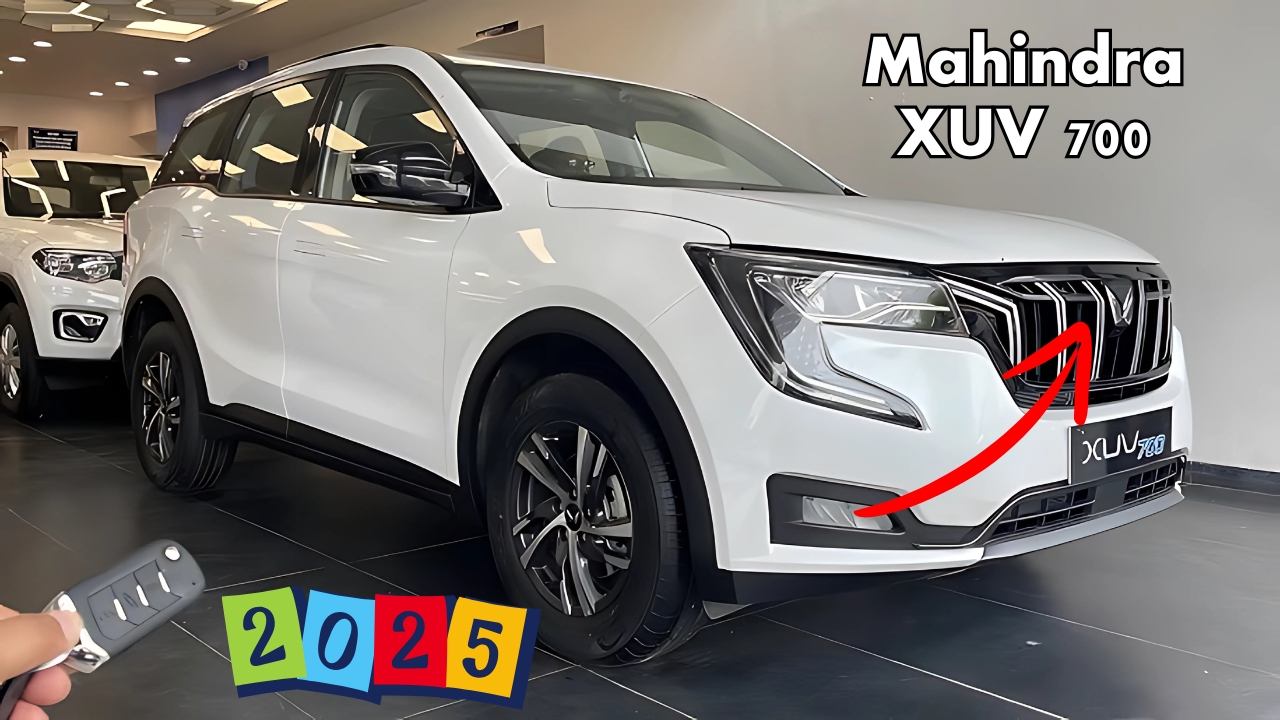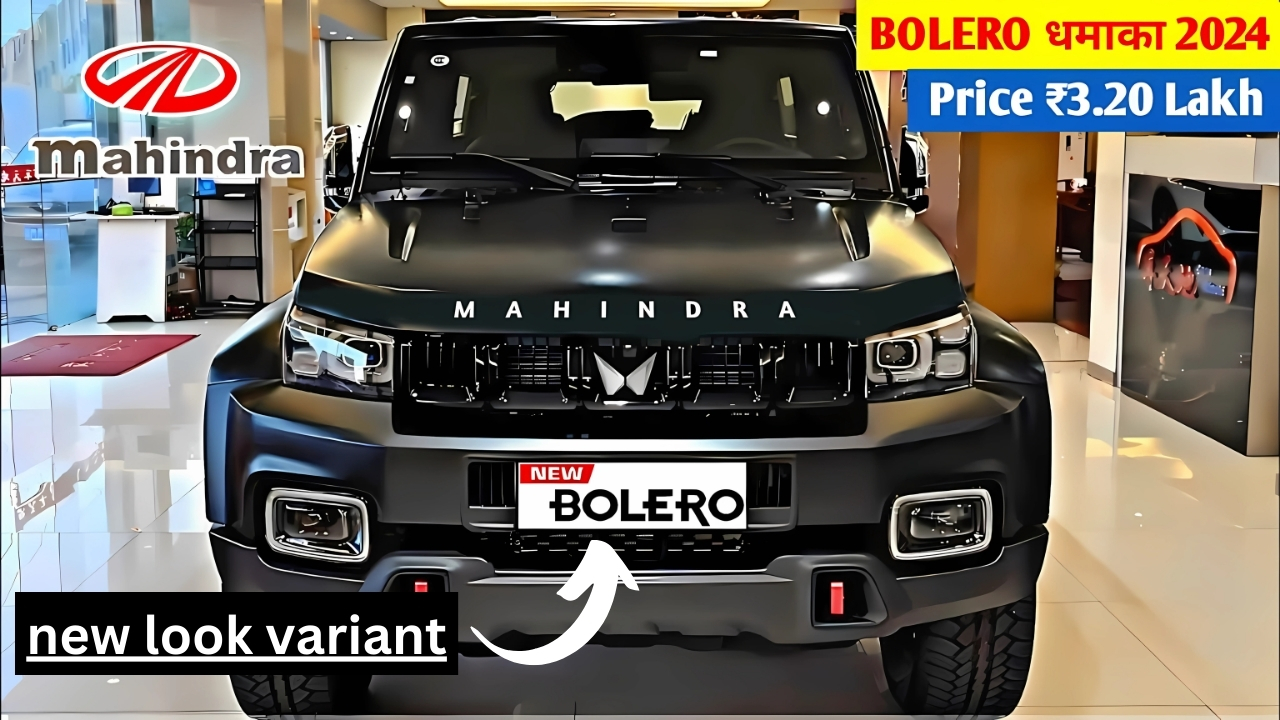Toyota Fortuner: In the dynamic world of India’s automotive sector, few vehicles have made such a remarkable impact as the Toyota Fortuner.
What initially started as a premium SUV for a select few has evolved into an aspirational symbol of luxury for a diverse array of Indian consumers.
The journey of the Fortuner is not merely a success story in the automotive realm; it closely ties into India’s economic development, evolving consumer behaviors, and a new definition of luxury.
When Toyota launched the Fortuner in India back in 2009, the premium SUV concept was just beginning to take off.
At its introduction, the Fortuner was aimed at a niche market, catering to a specific clientele seeking a blend of robust capability and opulent comfort.
Its initial pricing strategy placed it among aspirational vehicles, often seen as a status symbol among the upwardly mobile classes.
The first generation of the Fortuner quickly made its mark on Indian roads.
With its striking presence, powerful engine options, and the reliability that Toyota is known for, it resonated with consumers looking for a vehicle that excelled in both urban areas and rugged terrains.
But the Fortuner’s success extended beyond performance; it symbolized achievement, adventure, and a touch of rugged elegance.
Toyota Fortuner: Evolution of Design and Features
As the Fortuner evolved through its various generations, Toyota showcased an acute awareness of the changing tastes in the Indian market.
The design transitioned from being purely functional to embracing a more polished, city-friendly appearance. The second generation, introduced in 2016, represented a notable advancement in design elegance.
With its sleeker contours, shiny chrome embellishments, and a more dominant front grille, it commands attention on the streets.
This evolution was not only aesthetic. Each new version of the Fortuner introduced a range of innovative features that blurred the lines between luxury and mainstream offerings:
-
Advanced Infotainment: The Fortuner evolved from basic audio systems to spacious touchscreen displays equipped with smartphone integration, voice control, and navigation.
-
Safety Features: Newer models came with various safety additions like multiple airbags, ABS, EBD, and sophisticated driver assistance systems (ADAS), greatly boosting its safety profile for family-oriented buyers.
-
Comfort Enhancements: Features such as ventilated seats, power-adjustable driver’s seats with memory settings, and multi-zone climate control established an in-cabin experience akin to luxury vehicles.
-
Off-road Capabilities: While keeping its urban charm, the Fortuner maintained its adventurous edge with features like hill-start assist, downhill assist control, and various terrain modes that ensured it was just as adept off-road as it was on city streets.
Toyota Fortuner: The Engine of Change
A significant component of the Fortuner’s rise to prominence in the luxury segment was its range of powertrain options. Toyota successfully balanced performance with fuel efficiency by providing both petrol and diesel engines tailored to varying customer preferences.
As more refined and powerful engines debuted over the years, the Fortuner consistently led its class in terms of performance.
The latest iterations feature:
-
A 2.8-liter diesel engine delivering 201 bhp and 500 Nm of torque, rivaling much pricier luxury SUVs in performance.
-
A 2.7-liter petrol engine generating 164 bhp and 245 Nm of torque, catering to city dwellers facing regulations against diesel vehicles.
These powertrains, paired with smooth automatic transmissions and four-wheel drive options, positioned the Fortuner as a vehicle that seamlessly combines luxury with capability.
Toyota Fortuner: Democratizing Luxury – The Price Factor
One pivotal aspect of the Fortuner’s transformation from an exclusive luxury vehicle to a more attainable premium offering has been Toyota’s pricing strategy.
Although not an inexpensive purchase, the Fortuner has managed to keep its pricing relatively stable over the years, especially when factoring in inflation and the introduction of advanced features.
This pricing approach, when combined with a growing economy and an expanding middle class, has made the Fortuner more accessible to a wider demographic.
Additionally, financing options and a thriving used-car market have enabled aspiring buyers who once viewed the Fortuner as inaccessible to consider ownership.
The Fortuner Effect on the Indian Auto Market
The Fortuner’s success has significantly impacted the Indian automotive landscape:
-
Redefinition of Luxury: The Fortuner demonstrated that luxury isn’t confined to European brands, proving that Japanese dependability and Indian preferences can create an appealing luxury offering.
-
Expansion of the Premium SUV Segment: The Fortuner’s triumph encouraged other brands to explore the premium SUV space, resulting in a richer and more competitive market.
-
Aspirational Value: Owning a Fortuner has become a goal for many, influencing their career paths and financial planning.
-
Resale Value: The Fortuner’s impressive resale value in the used-car market has further increased its attractiveness, making it a smart financial choice for many buyers.
Toyota Fortuner: Cultural Impact and Brand Loyalty
The Fortuner’s presence in India is as much about culture as it is about running a successful automotive brand. It has left its mark on popular culture, appearing in Bollywood films and being embraced by social media influencers.
The vehicle has become a symbol of achievement, often associated with successful business people, politicians, and celebrities.
This cultural relevance has led to robust brand loyalty. Many Fortuner owners choose to stay within the Toyota family, upgrading to newer iterations or adding additional Fortuners to their collections.
This loyalty extends beyond the vehicle itself to the brand, with many Fortuner drivers considering other Toyota models for their future purchases.
Toyota Fortuner: Challenges and Competition
The Fortuner’s reign has not been without hurdles. As it evolved into a more universally accessible luxury option, it faced tough competition from both established brands and new entrants.
Models like the Ford Endeavour, MG Gloster, and Mahindra Alturas G4 have sought to make their mark in the premium SUV segment that the Fortuner helped pave the way for.
Nevertheless, Toyota’s approach to this increasing competition has been proactive, constantly refreshing and enhancing the Fortuner with new variants and special editions to maintain its allure.
For example, the Fortuner Legender was introduced as a more sophisticated variant to appeal to urban buyers who prioritize style and advanced features.
Toyota Fortuner: Environmental Considerations and Future Outlook
As the global automotive industry shifts toward sustainability, the Fortuner confronts new challenges and opportunities.
Toyota is already addressing these concerns with improved fuel-efficient engines and plans for hybrid technology in upcoming models.
The future of the Fortuner in India is likely to involve:
-
Hybrid Powertrains: Combining expected performance with enhanced fuel efficiency and lower emissions.
-
Enhanced Connectivity: Greater integration of smart technology and features to attract tech-savvy consumers.
-
Advanced Safety Systems: Continuous upgrades in safety technologies, possibly incorporating elements of autonomous driving in future iterations.
-
Electrification: While a completely electric Fortuner may be years away, Toyota is likely exploring this route for the Indian market, given the government’s push for electric vehicles.
Toyota Fortuner: Customization and Personalization
As the Fortuner has become increasingly accessible, Toyota acknowledged the importance of personalization to keep the premium feel intact.
The brand has introduced a variety of customization options, enabling buyers to tailor the Fortuner to their unique preferences.
From various interior styles and exterior paint colors to accessory packages for outdoor enthusiasts or city drivers, these personalization options ensure the Fortuner retains its exclusivity despite its broader availability.
Toyota Fortuner: The Fortuner Community
A unique aspect of the Fortuner’s popularity in India is the strong community that has emerged around it.
Clubs for Fortuner owners have formed nationwide, organizing events, off-road adventures, and charitable initiatives.
This community spirit has augmented the appeal of owning a Fortuner, transforming vehicle ownership into participation in an exclusive collective.
Impact on Rural Markets
Initially an urban-centric vehicle, the Fortuner’s influence has gradually extended into rural regions. In numerous rural and semi-urban locales, the Fortuner signifies prosperity and advancement.
Its robust structure and off-road capabilities make it equipped for the challenging road conditions often found in these areas, while its luxury features introduce a touch of urban comfort.
The Fortuner as a Business Tool
Many companies, particularly those requiring their executives to travel to remote areas, have adopted the Fortuner as their preferred vehicle.
With its blend of comfort, dependability, and off-road prowess, it serves as an ideal option for businesses operating across varied geographical landscapes.
This corporate acceptance has solidified the Fortuner’s status as a versatile luxury SUV.
Toyota Fortuner Conclusion: More Than Just an SUV
The Toyota Fortuner’s evolution from a niche luxury SUV to a widely accessible yet aspirational vehicle is a reflection of Toyota’s insight into the Indian market and the shifting landscape of luxury consumption.
It stands for more than just a successful product; it serves as a model for how a thoughtfully designed, consistently refined, and strategically marketed vehicle can surpass its initial market boundaries.
The Fortuner has established itself as a benchmark in the Indian automotive space, setting high standards for quality, reliability, and customer satisfaction in the premium SUV category.
Its capacity to resonate and stay attractive across diverse generations of buyers reflects its adaptability and the strong emotional bond it has cultivated with Indian consumers.
As India’s automotive landscape undergoes continuous transformation, driven by new technologies and changing buyer preferences, the Fortuner exemplifies how vehicles can evolve and prosper.
Straddling the line between exclusivity and accessibility, luxury and practicality, it is as at home in a corporate parking lot as it is on a rugged terrain.
The story of the Toyota Fortuner in India is far from finished. As it continues to incorporate technological advancements and adapt to market changes, it remains a beacon of aspiration, accomplishment, and the democratization of luxury in the Indian automotive sector.
The Fortuner’s narrative is not only about its past successes but also about its potential to remain influential in the future of premium mobility in India.
Put simply, the Toyota Fortuner has transcended the role of a luxury SUV; it has emerged as a cultural icon, a standard of success, and a dream for many.
Its journey toward greater accessibility hasn’t diluted its premium allure; instead, it has recast the definition of luxury within the Indian context.
Looking ahead, the Fortuner is poised to continue as a trendsetter, raising the bar and motivating both competitors and consumers in the evolving saga of India’s romance with the SUV.






